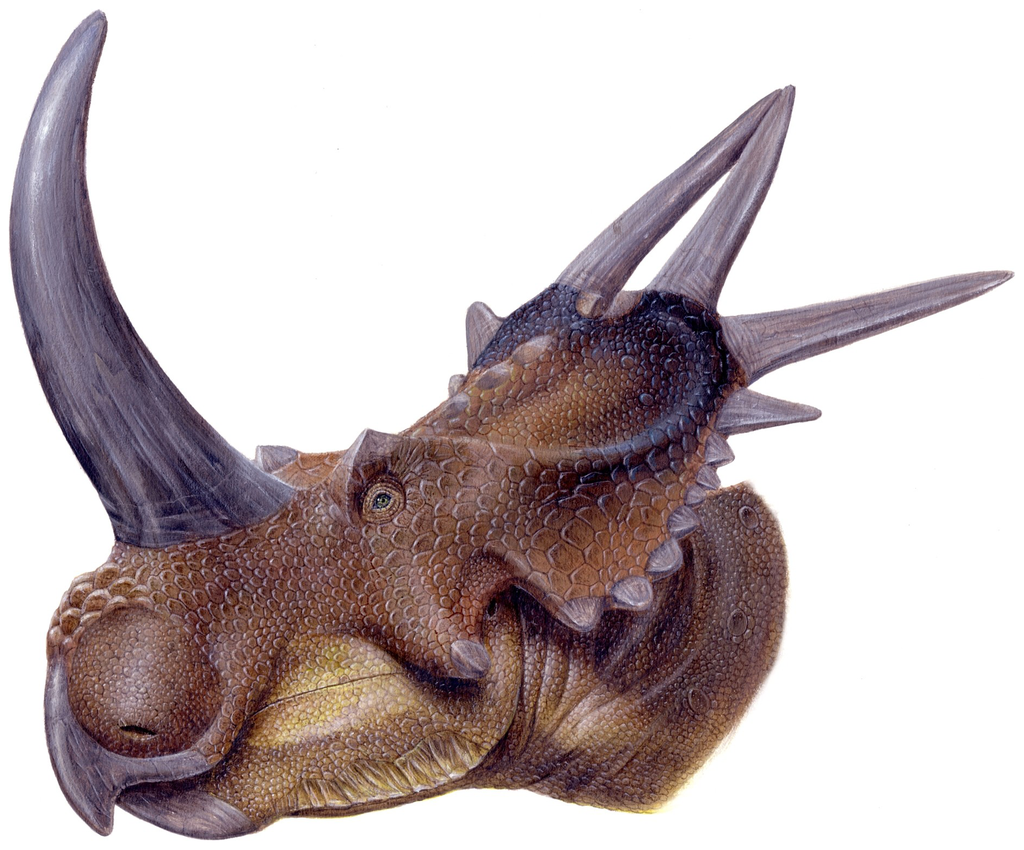The nesting behaviors of dinosaurs continue to fascinate paleontologists and dinosaur enthusiasts alike. While we commonly picture dinosaur nests as shallow depressions on the ground or carefully constructed mounds of vegetation, questions about more diverse nesting strategies have emerged. One particularly intriguing possibility is whether some dinosaur species might have created underground or burrowed nests, similar to many modern reptiles and birds. This underground nesting hypothesis challenges our traditional understanding of dinosaur reproduction and parental care, opening new avenues for research and speculation about these magnificent prehistoric creatures.
Evidence from the Fossil Record
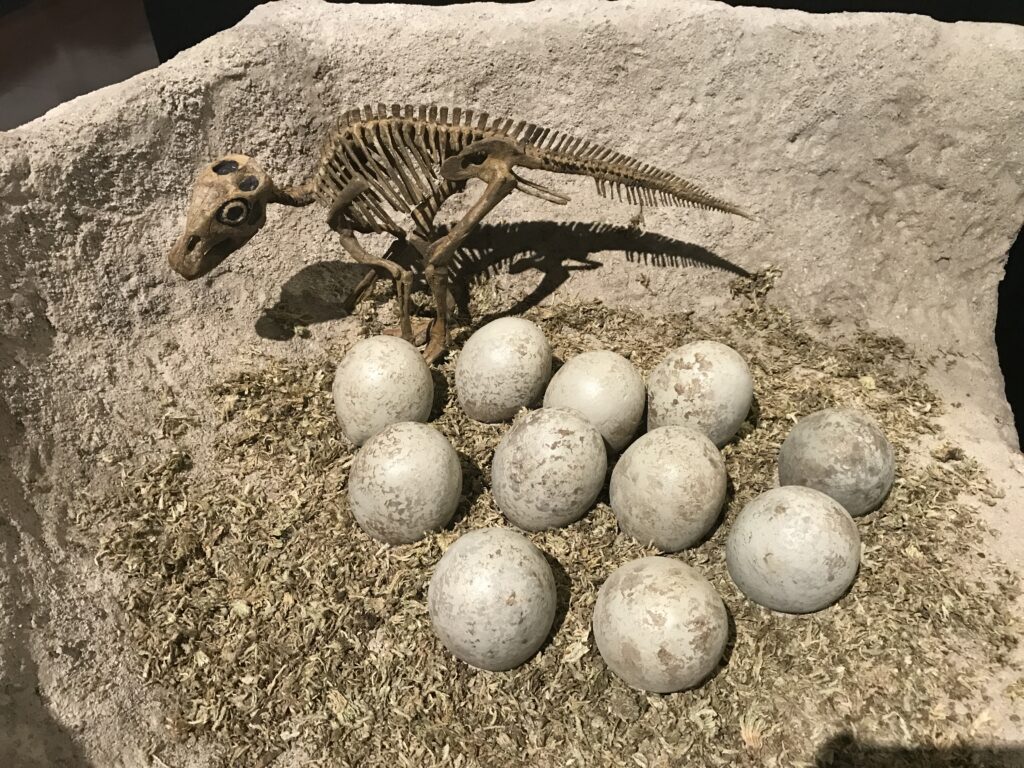
The fossil record provides tantalizing clues about dinosaur nesting behaviors. Numerous dinosaur nesting sites have been discovered around the world, with the most famous examples including those of Maiasaura in Montana, Oviraptor in Mongolia, and various sauropod nesting grounds in Argentina. These discoveries typically feature eggs arranged in circular patterns on what was once ground level, rather than in underground chambers. However, preservation bias must be considered—underground nests might be less likely to fossilize intact or might be harder for paleontologists to identify. The absence of clear evidence for underground dinosaur nests doesn’t necessarily mean they didn’t exist; it might simply reflect the challenges of preserving such structures in the fossil record.
Burrowing Adaptations in Dinosaurs

For dinosaurs to have built underground nests, they would likely need physical adaptations conducive to digging. Some small theropod dinosaurs, particularly maniraptorans like Deinonychus and Velociraptor, had forelimbs that could potentially have been used for digging, though they lack the specialized adaptations seen in modern burrowing animals. The ornithopod Oryctodromeus showed more promising evidence, with skeletal features suggesting digging capabilities and specimens found in what appeared to be burrow structures. These adaptations, while not widespread among dinosaurs, indicate that at least some species had the physical capacity to create underground structures, potentially including nests.
Modern Analogs: Reptiles and Birds
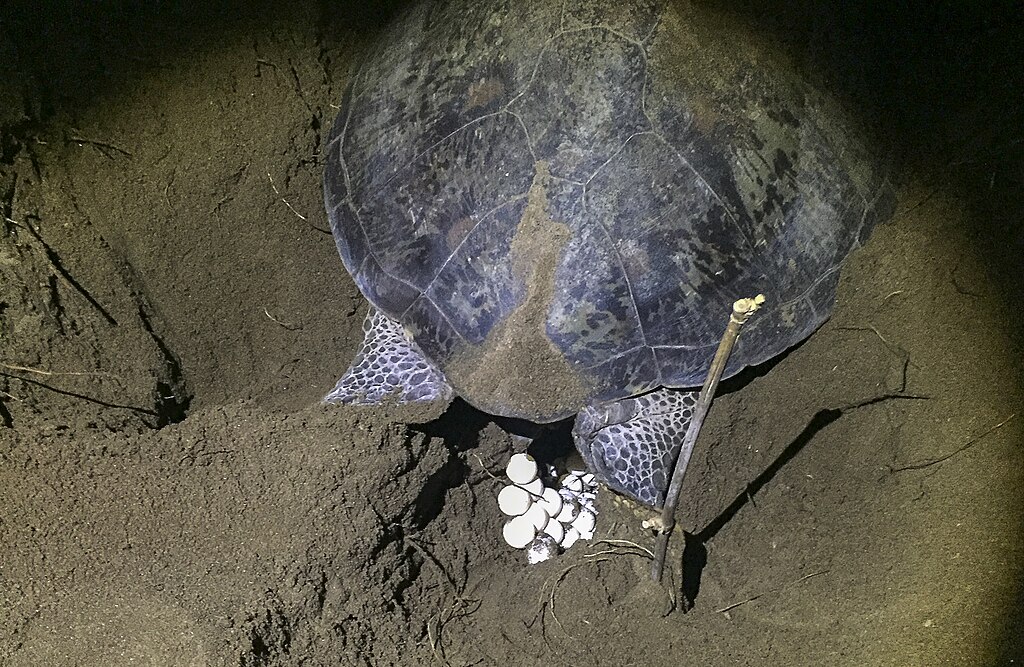
Looking at modern relatives of dinosaurs provides valuable insights into possible prehistoric behaviors. Many extant reptiles, including most turtle species, crocodilians, and numerous lizards, dig holes in which to lay their eggs. Some birds, such as kingfishers, bee-eaters, and burrowing owls, excavate underground nesting chambers. The widespread nature of this behavior among both reptiles and birds—the living descendants of dinosaurs—suggests that underground nesting might have existed somewhere in the dinosaur family tree. This phylogenetic bracketing approach gives credence to the possibility that at least some dinosaur lineages might have employed underground nesting strategies.
Thermal Advantages of Underground Nests

Underground nesting offers significant thermal benefits that might have appealed to dinosaurs. Subterranean environments maintain relatively stable temperatures, protected from extreme fluctuations that occur at the surface. For dinosaur eggs, which likely required specific incubation temperatures like those of modern reptiles and birds, this temperature stability could have been advantageous. Particularly for dinosaurs living in environments with extreme seasonal variations or in regions experiencing climate shifts during the Mesozoic Era, underground nests might have provided a more consistent incubation environment. This thermal regulation strategy could have improved hatching success rates and potentially even influenced the development of embryos.
Protection from Predators

One compelling reason for dinosaurs to have evolved underground nesting would be predator avoidance. Dinosaur eggs and hatchlings represented vulnerable, protein-rich targets for numerous Mesozoic predators. An underground nest would offer concealment and physical protection against egg thieves. Small predatory dinosaurs, pterosaurs, and early mammals would have had more difficulty accessing eggs hidden beneath the surface compared to those in exposed surface nests. This predation pressure could have been a significant evolutionary driver toward underground nesting in some dinosaur lineages, particularly smaller species that couldn’t rely on physical size to defend their nests.
The Oryctodromeus Discovery
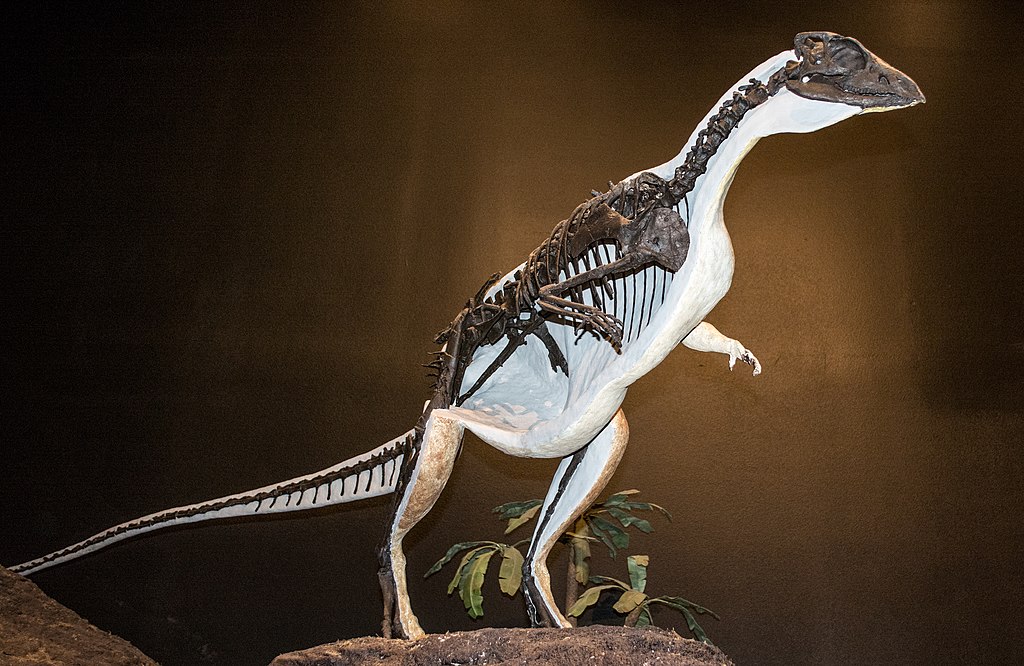
The most compelling evidence for underground dinosaur nesting comes from Oryctodromeus cubicularis, whose name literally means “digging runner of the den.” Discovered in Montana in 2007, this small ornithopod dinosaur was found in what appeared to be a preserved burrow structure, along with juvenile specimens suggesting family groups. The skeletal anatomy of Oryctodromeus shows adaptations consistent with digging behavior, including robust forelimbs and a reinforced snout. While this discovery doesn’t conclusively prove underground nesting, it demonstrates that at least some dinosaurs created underground shelters that could have served as protected nurseries. This finding has substantially strengthened the case for burrowing behavior in at least some dinosaur lineages.
Size Constraints and Underground Nesting
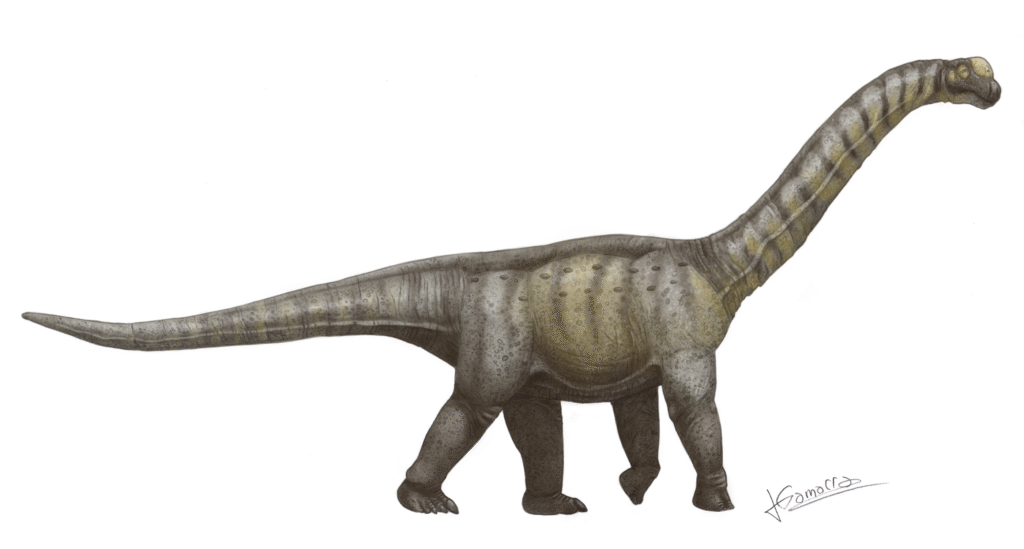
Physical size would have been a significant limiting factor for underground nesting in many dinosaur species. Creating burrows requires considerable energy and becomes increasingly difficult with larger body sizes. While small to medium-sized dinosaurs like Oryctodromeus or certain theropods might have managed to excavate burrows, the massive sauropods and larger ornithischians would have faced insurmountable physical constraints. The largest dinosaurs, some weighing dozens of tons, simply couldn’t have accessed underground nests even if they could somehow create them. This size limitation suggests that if underground nesting did occur among dinosaurs, it was likely restricted to smaller species or those with specialized digging adaptations.
Soil Conditions and Geological Constraints
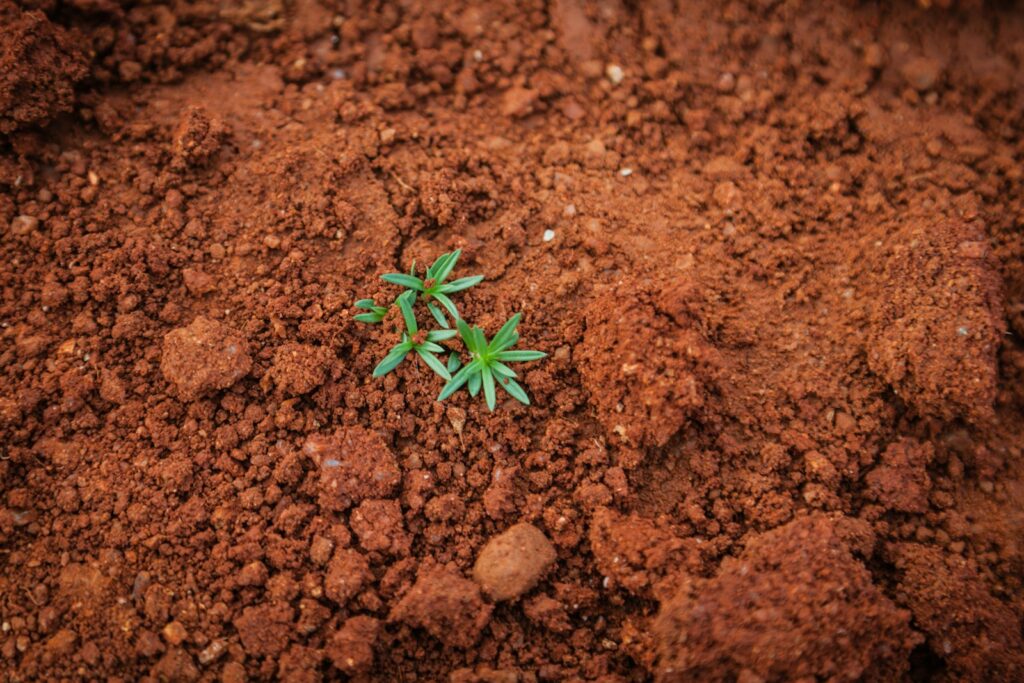
The geological context would have significantly influenced any potential underground nesting behavior in dinosaurs. Different environments during the Mesozoic Era presented varying soil types, from loose sand to compacted clay or rocky terrain. Dinosaurs would have needed appropriate soil conditions—not too hard to dig but stable enough not to collapse—to successfully create underground nests. Regional geology would therefore have played a crucial role in determining where such behavior might have evolved. Areas with suitable substrate conditions might have seen more underground nesting activity, while regions with unfavorable geology would have necessitated alternative nesting strategies.
Parental Care Implications

Underground nesting would have significant implications for theories about dinosaur parental care. A burrowed nest suggests a level of parental investment beyond simple egg-laying, potentially indicating extended care periods. Parents would need to return to the hidden nest repeatedly, suggesting some form of nest recognition and territorial behavior. For species like Oryctodromeus, where adults and juveniles were found together in burrow-like structures, the evidence points toward extended family groups and possibly post-hatching parental care. This challenges earlier views of dinosaurs as merely reproductive machines with little investment in their offspring and aligns with the growing consensus that many dinosaur species exhibited complex parental behaviors.
Alternative Explanations for Burrow-Like Structures
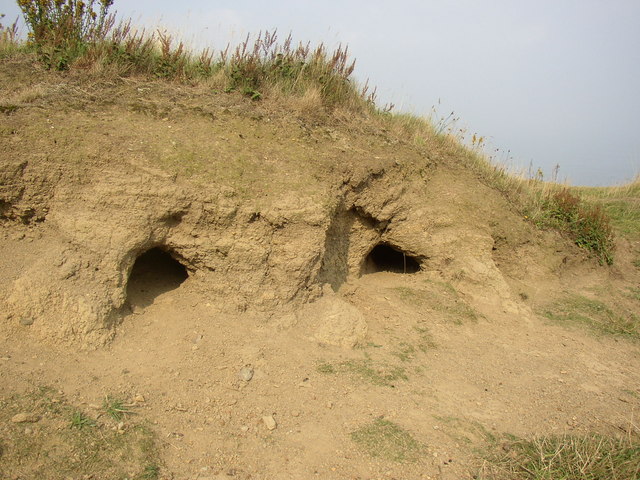
Scientists must consider alternative explanations for apparent dinosaur burrows in the fossil record. What appears to be a dinosaur-excavated burrow might instead be the result of other geological or biological processes. Structures created by other burrowing animals, root systems from ancient plants, or even geological formations caused by water or wind erosion could potentially be misinterpreted as dinosaur burrows. Additionally, dinosaur remains found in burrow-like structures might represent instances where the animals sought shelter in pre-existing burrows rather than creating them, or cases where carcasses were dragged into burrows by scavengers. These alternative scenarios require careful evaluation when assessing potential evidence for dinosaur burrowing behavior.
Evolutionary Implications

The capacity for underground nesting could have significant evolutionary implications for dinosaur lineages. If some dinosaurs indeed practiced this behavior, it might represent a specialized adaptation providing advantages in certain ecological niches. Such adaptation could have influenced speciation events and contributed to the remarkable diversity of dinosaurs throughout the Mesozoic Era. Furthermore, underground nesting capabilities might have played a role in survival during extinction events, potentially offering protection from short-term environmental extremes. The possibility that some dinosaur lineages with burrowing capabilities might have had better survival odds during catastrophic events adds another fascinating dimension to dinosaur evolutionary history.
Future Research Directions
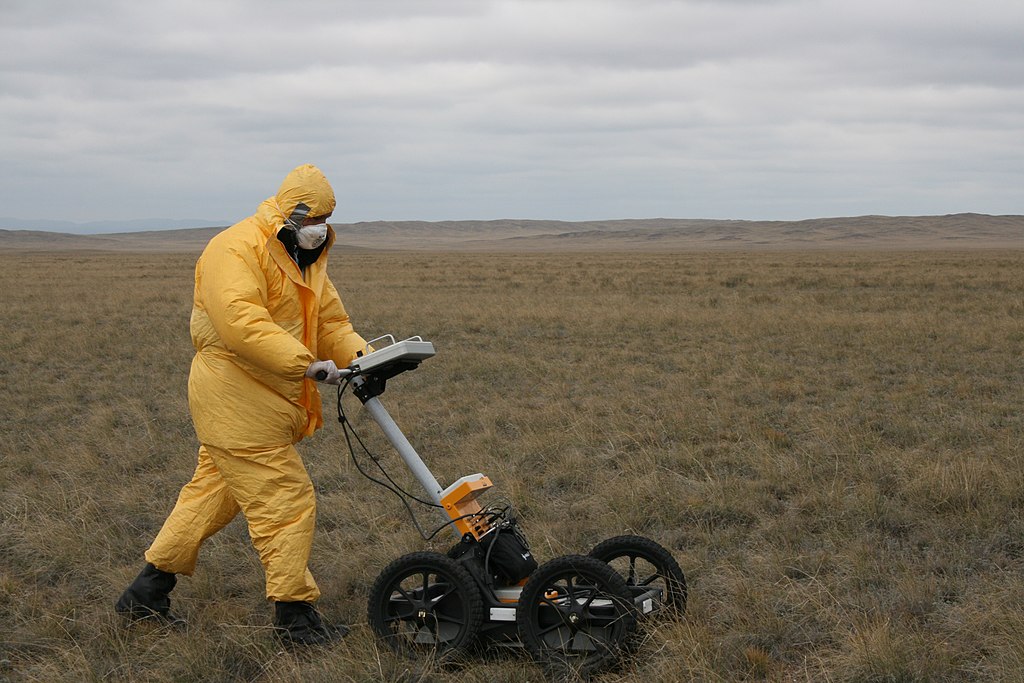
The question of underground dinosaur nesting remains ripe for further investigation. Advanced imaging technologies, including ground-penetrating radar and CT scanning, offer new tools for identifying potential burrow structures in the fossil record without destructive excavation. Comparative studies of burrowing adaptations across modern reptiles and birds could help refine our understanding of what skeletal features might indicate digging capabilities in dinosaur fossils. Taphonomic research examining how underground nests might preserve differently from surface nests could help paleontologists better identify potential examples in the field. With these approaches, future discoveries may provide more definitive evidence about whether dinosaurs employed underground nesting strategies and how widespread such behaviors might have been.
Conclusion: A Plausible but Unproven Hypothesis
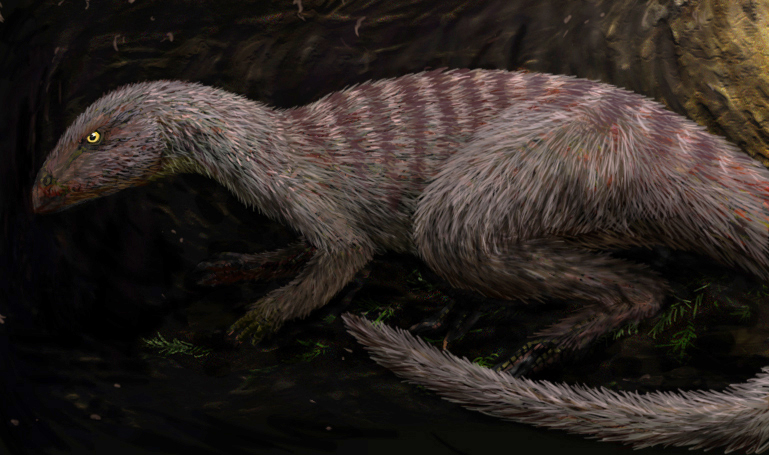
While the idea of dinosaurs building underground nests remains speculative, available evidence suggests it was at least possible for some species. The discovery of burrowing dinosaurs like Oryctodromeus, the widespread occurrence of underground nesting in modern reptiles and birds, and the potential advantages of subterranean nests all support the plausibility of this behavior. However, conclusive fossil evidence specifically demonstrating dinosaur eggs in burrow structures remains elusive. As paleontological techniques advance and new fossils emerge, we may yet discover more concrete evidence of underground dinosaur nests. Until then, this hypothesis remains an intriguing possibility that reminds us how much we still have to learn about the reproductive lives of these fascinating prehistoric animals.

